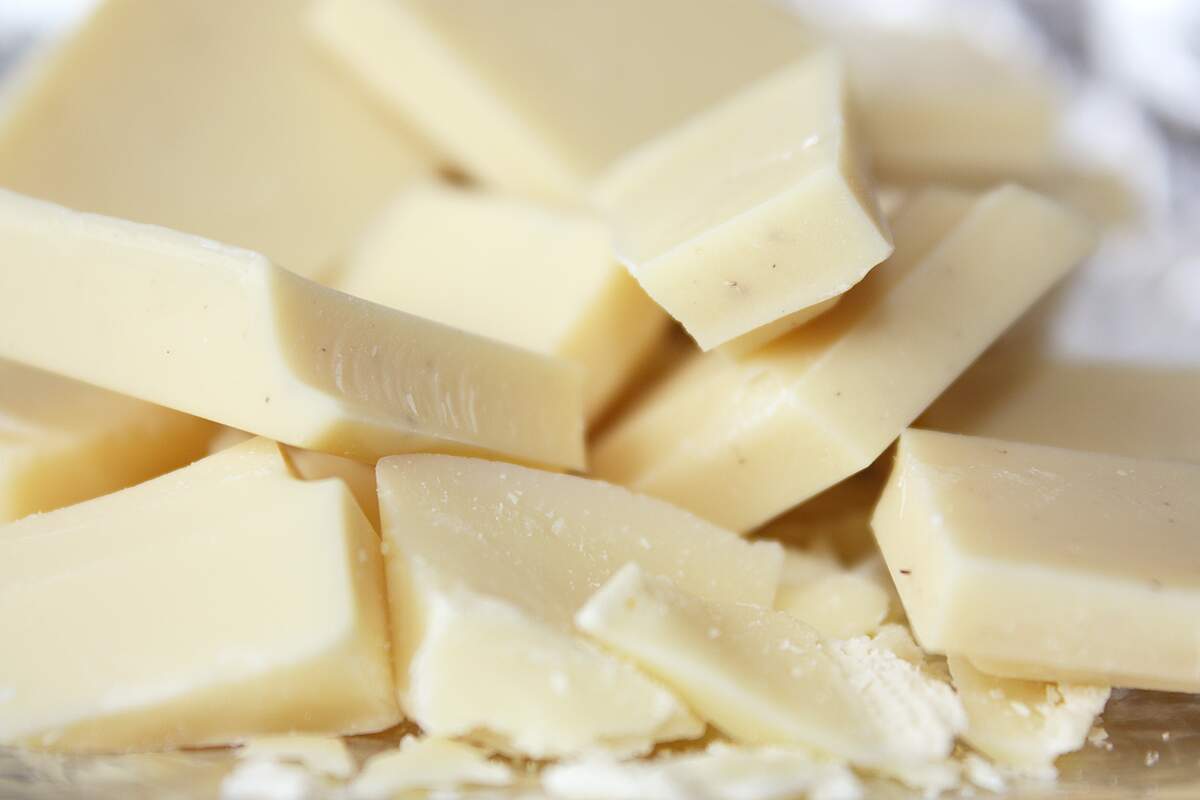

White Day
Observed
annually on March 14th (since 1978)
Dates
Founded by
National Confectionery Industry Association
Tags
Food & Drink
Love & Affection
Snacks & Desserts
Hashtags
Sources
First held in Japan in 1978, White Day takes place exactly one month after Valentine's Day, and is a holiday when men give gifts to women they received chocolate from on the earlier holiday. It is still mainly observed in Japan, but it can be found in other countries, particularly in Asian countries like China, Vietnam, Taiwan, and South Korea.
Valentine's Day didn't take hold in Japan until the 1970s, and when it did, it was celebrated a bit differently than how it was in the West. It largely became a day for girls or women to show they liked a boy or man by giving them chocolate. Women also give chocolate to men out of courtesy or social obligation. Chocolates given for love are known as "honmei-choco," while those given for courtesy or obligation are known as "giri-choco."
In 1977 (or 1965, by some accounts), Ishimura Manseido, a Japanese confectionery company, created Marshmallow Day, a holiday that marketed marshmallows to men. The CEO of the company, Ishimura Zengo, had read a letter in a magazine from a woman that asked why men received chocolate from women on Valentine's Day but women didn't get anything in return, such as a handkerchief, candy, or marshmallows. In response, Zengo came up with a sweet made of marshmallow paste with chocolate at its center, for men to purchase to give to women who had given them chocolate. He surveyed female employees, and they suggested Marshmallow Day take place on March 14, exactly a month after Valentine's Day. The holiday debuted in Japan in 1978 and soon became known as White Day. (Some sources give differing accounts and say the day was thought of by the National Confectionery Industry Association.)
By the 1980s, the day was widespread in Japanese department stores and candy shops. Today, white chocolate is the primary gift given, but many other gifts are shared as well, such as dark chocolate, marshmallows, candy, cookies, flowers, sentimental objects, and white clothing and accessories, like bags, jewelry, and lingerie. The gifts are usually wrapped in white packaging. According to custom, the gift is to be two or three times the value of the chocolate given the month prior. This being the case, the gift is referred to as "sanbai-gaeshi," which means "triple value." By the latter 2010s, the day began to decline a bit in Japan, due to less chocolate being given out by women on Valentine's Day, and because of Japan's changing gender roles.
How to Observe White Day
Although this holiday is mainly celebrated in Japan, there is no reason why you can't celebrate it if you live in another part of the world. If you are a man, you are to give white chocolate or another gift—like jewelry or lingerie—to women. This should especially be the case if a woman gave you chocolate on Valentine's Day. If you are a woman who did give a man chocolate last month, keep on the lookout for a gift back from them. Perhaps you can give them a hint about White Day if they don't know about it.





















